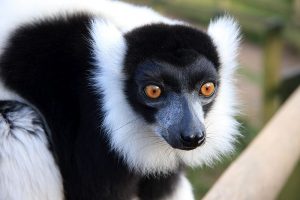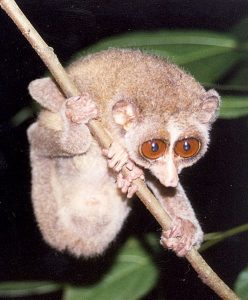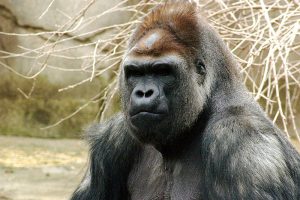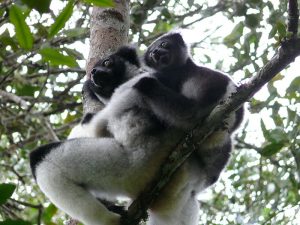Guest post by Luis D. Verde Arregoitia
Earlier this week, a team of 31 primate researchers and conservation scientists from the U.S.A, Europe, Asia, Latin America, and Africa published an article entitled ‘Impending extinction crisis of the world’s primates: why primates matter’ . The review paper summarizes a massive amount of information, and calls for urgent action to protect the world’s remaining populations of primates to avoid global extinctions in the near future. The study aims to raise awareness of the plight of the world’s primates and the consequences of their loss to both ecosystem health and human culture.

The order Primates includes humans and the extinct human ancestors, making non-human primates (monkeys, lemurs, lorises, galagos, tarsiers, and apes) our closest biological relatives. Because of this close evolutionary relationship, studying primates offers an avenue for understanding human evolution, biology, behaviour, and the threat of emerging infectious diseases. Primates are a key component of tropical biodiversity, they carry out important ecosystem functions and also play a major role in the livelihoods, cultures, and religions of many societies.

There are more than 500 recognized species of primates, and most of these are found in tropical forests. Tropical forests are perhaps the richest and most diverse terrestrial ecosystems on Earth, which face tremendous pressure from multiple interacting threats. Recent estimates suggest that according to criteria defined by the IUCN Red List, 60% of primate species are threatened with extinction and 75% have declining populations. This high level of threat is driven by increasing human-related pressures on primates and their habitats such as hunting, forest loss from agriculture and large-scale cattle ranching, logging, mining, and the rapid expansion of road networks.
The study evaluated the distribution of threatened species across the primate tree of life, and found that closely related species are more likely to face the same threat status relative to species selected randomly from the phylogeny. Preserving species that are both isolated on the tree of life and at imminent risk of extinction must be a conservation priority to avoid the loss of a disproportionate amount of evolutionary history. Merging threat status and evolutionary history is crucial because anthropogenic threats are pervasive regardless of species’ biology and position on the tree of life.

A 2013 study found that evolutionarily distinct primate species are more likely to at risk, so special attention is needed. To date, there are 63 primates classified as EDGE species (those with above average Evolutionary Distinctiveness scores and threatened with extinction). There are currently 502 EDGE mammals considered by the Zoological Society of London’s EDGE of Existence program. The program combines threat status and phylogeny to identify priority species that receive increased funding for research, capacity building, and conservation action. Many unique primate species are not effectively protected by existing conservation measures and may be lost in the near future. For example, the Indri (Indri indri)

and the Rondo dwarf galago (Galagoides rondoensis) are not only Endangered and Critically Endangered (respectively), they each belong to branches of the mammalian tree of life with few or no living close relatives, acknowledging that closely-related species tend to be similar in the way they look, live, and behave. The combination of a high threat status with a high distinctiveness value (measured in terms of unique branching evolution) puts them in the global top 100 EDGE species for all mammals.
Conservation interventions can definitely help stop and reverse declines in primate populations, and initiatives such as EDGE provide a system to guide conservation efforts and avoid unnecessary extinctions and their associated loss of unique evolutionary history.